Read our exciting interview with Jessica Mace, Ph.D, Postdoctoral Fellow and Instructor in the Department of Art History! We talked about her experience working with for Canada Constructed initiative, her new approach to teaching university courses, and her favourite spots to see amazing architecture in Toronto. Scroll down to read more!
Tell us a bit about yourself!

Hello! My name is Jessica Mace, and I’m an art and architectural historian. Currently, I am a postdoctoral fellow and instructor in the Department of Art History at the University of Toronto. I am also the editor of the Journal of the Society for the Study of Architecture in Canada. Specifically, at UofT I’m working as part of the Canada Constructed Initiative, which seeks to promote interest in the architecture, landscapes, and built environment of Canada through new course offerings, internship opportunities, and more.
What initially sparked your interest in Canadian architecture?
The first moment when my interest was piqued was in a 19th-century architectural history course during my undergrad at Queen’s University in Kingston, ON. We’d been studying architecture elsewhere (like Europe and the United States) almost exclusively, but one day, the professor sent us out to look at local buildings in Kingston to make connections. I had never really put it together that we had this kind of architecture here—that is, buildings that related to what I had been seeing in my textbook and in lectures.
My interest in this area grew even more in my master’s program at York University, where I took a Canadian architectural history course during my first term. I thought it might be interesting to write about something that I personally thought was iconic—Trafalgar Castle, built between 1859 and 1861 by Joseph Sheard—from my hometown of Whitby, ON. It originally served as a residence and has served as a school since the late 19th century. It sticks out like a sore thumb in the residential landscape…
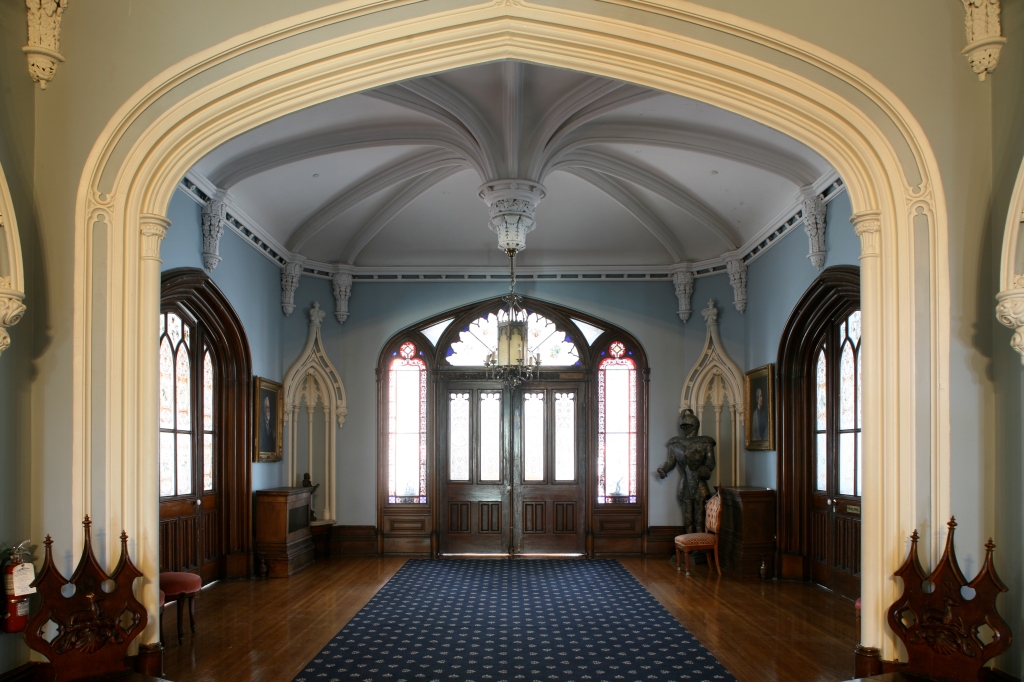
Photo credit: Malcolm Thurlby
To my surprise, there was nothing written on it. That was the real lightbulb moment for me. There’s so much that hasn’t been studied locally, and it informed my drive to explore what’s around us.
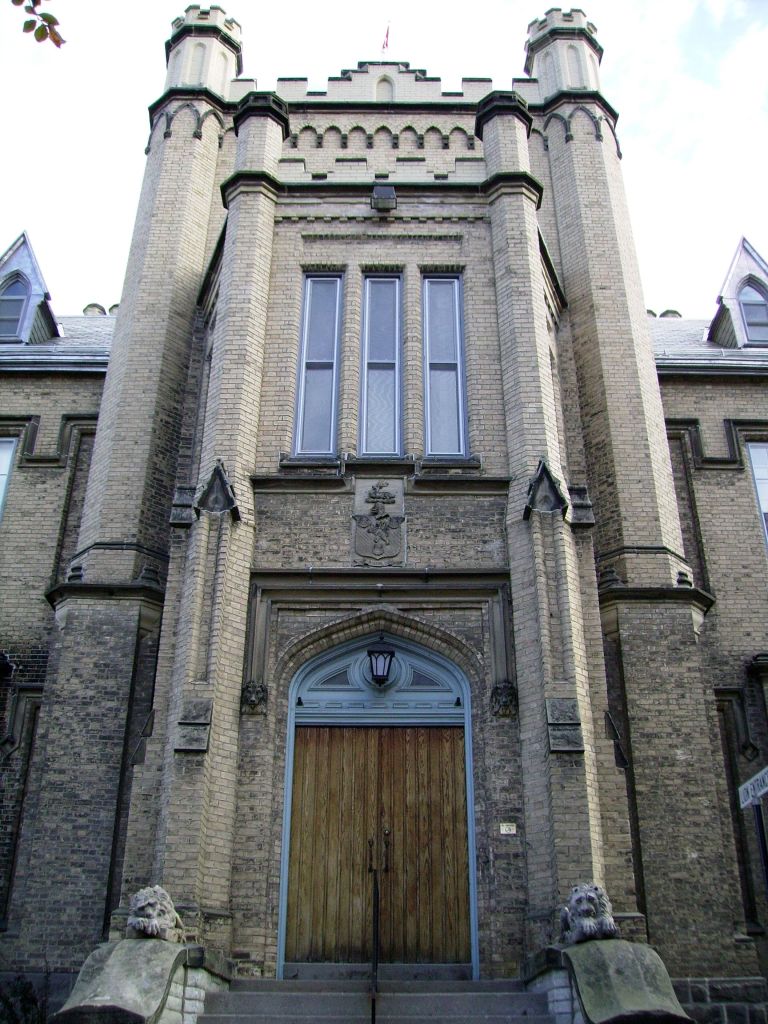
Photo credit: Jessica Mace
In what ways has your experience working for the Canada Constructed initiative altered your approach to teaching university courses?
Working as part of the Canada Constructed initiative has allowed me to rethink my approach to undergraduate teaching. Overall, my approach has become much more creative, community-oriented, and focused on career-readiness… here’s why:
When I began with the Canada Constructed initiative in 2020, the idea was to offer new and revived courses in Canadian architecture specifically, but also to incorporate experiential learning (EL). Working with EL was something that I had dabbled with before in my teaching, but hadn’t yet done in a full blown form. The idea, very broadly speaking, is learning by doing, and then reflecting to become more aware of your own learning skills. If a “real-world” component or community partnership is integrated, it makes the learning that much more meaningful.
Toronto is a rich playground for learning and, in using EL in our teaching, we can treat the city as a living laboratory, and take advantage of the amazing community organizations that exist around us (whether it’s heritage or architectural organizations, art galleries, museums, etc.). With the help of the Office of Experiential Learning, I was first able to implement EL successfully in 2021 in FAH473: Studies in Canadian Architecture and Landscapes, Hidden Canada. The overall theme of the course was to examine overlooked and understudied aspects of the built environment in Canada. To match the course objectives, I collaborated with the Architectural Conservancy of Ontario’s NextGen program, which focuses on youth and early career engagement with heritage in the built environment. Students worked with ACO NextGen to write engaging, public-facing blog pieces on these understudied topics.

Photo credit: Rylee Lachance Linklater
(You can read the articles on the ACO NextGen website.)
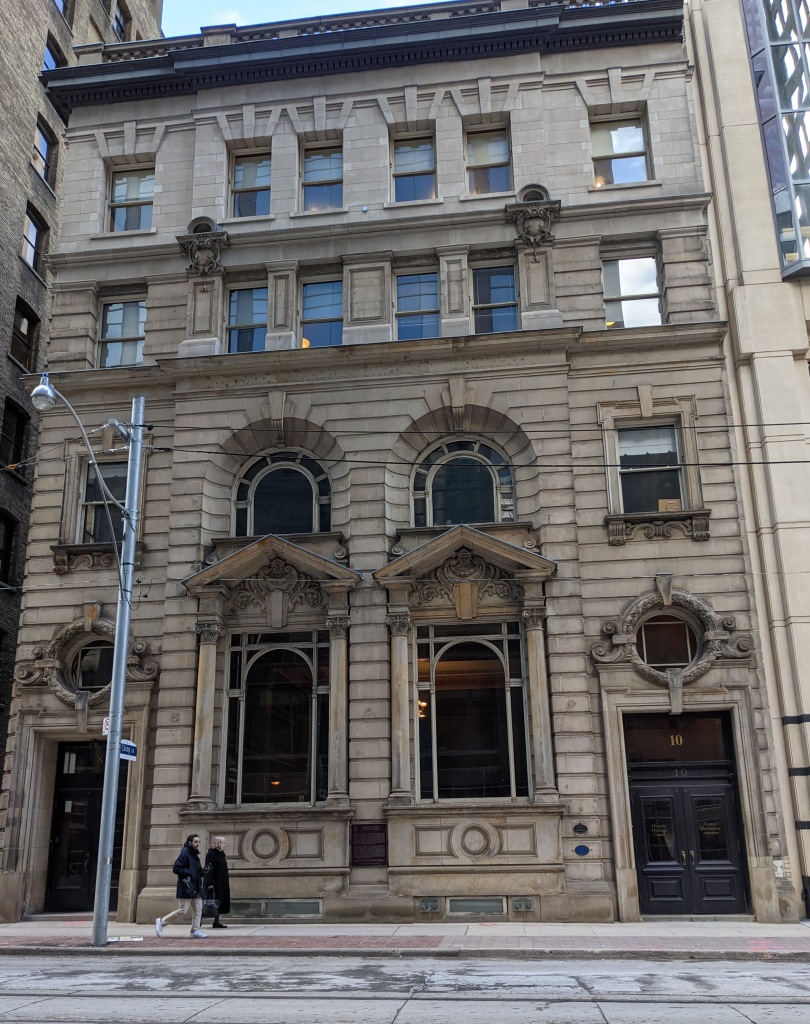
Photo credit: Jessica Mace
For the 2023 iteration of that course, I paired with the Ontario Heritage Trust (OHT). Working collaboratively with the OHT, students were given a set of six buildings held by the OHT on behalf of the province. For these buildings, students wrote a revised statement of significance, providing an overview of the history of the building and why it is important. A lot of these statements of significance are out of date, written in the late 1970s, when colonialist and nation-building narratives dominated heritage-thinking. The OHT has been working to rethink how we better represent the stories of the citizens of Ontario in the present, and the work of my students contributed to this goal.
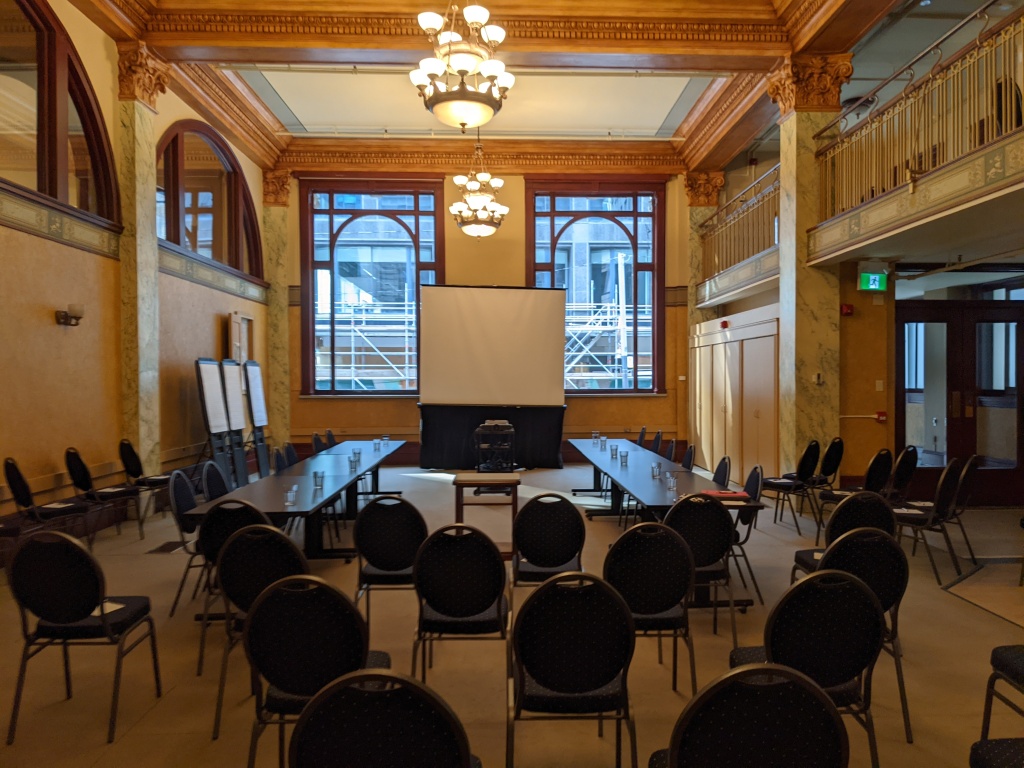
Photo credit: Jessica Mace
The second deliverable that we worked on was to provide recommendations for future use and commemoration at these sites. This was an incredibly creative process and students were allowed to let their imaginations run free. For instance, the George Brown House is currently being used as an office space that’s closed to the public (pictured below). So, the students had to think, how this piece of heritage might better serve the community and some ways that the narrative surrounding it might be better framed going forward. I think it’s so valuable having students work with these different kinds of projects and community partners to see the transferability of their skills. We learn so many amazing, rigorous skills in art history, but they are often only put toward a research essay. Research essays are so valuable for so many reasons, but that’s not the only kind of writing that students will encounter in their future careers. So, it’s great to see students tackle—and excel in—different types of writing projects.


Photo credit: Left: Thomas1313, Right: Jeff Hitchcock
I think it’s so valuable having students work with these different kinds of projects and community partners to see the transferability of their skills.
The other main thing that we’ve been doing with the Canada Constructed initiative has been to create internships for undergraduate students, in which, as a subset of experiential learning students are placed in an immersive workplace environment with a community partner. So, we’ve developed placements with heritage, arts, and architecture organizations. It’s another way that we’re building career-readiness and preparedness to give arts & humanities students a taste of what’s out there… and how their skills are highly sought-after in the workforce.
It’s been such an incredible experience helping students find their way and building lasting connections in the arts sector.
(Read more about our students’ experiences on the Student Internships Profiles page)
Are there any exciting projects that you are currently working on?
One really exciting project I’m working on—that’s in line with the Hidden Canada and Architecture of Toronto courses that I teach—is a web exhibition for the Ontario Heritage Trust that reframes the history of religion in Ontario through the lens of the built environment. Again, a lot of the past writing and resources on the religious buildings of Ontario have been focused on Christian churches. But this is only one side of the story. How can we more accurately reflect what has actually happened across Ontario over time, what is happening now, and who lives here? Other than discussing the history of white-settler churches, which remain important in this context, the exhibition looks at synagogues, mosques, mandirs, and a variety of Christian church-types, like early African Methodist Episcopal churches in the province.
Not just purpose-built places of worship, either, but I also examine cases of adaptive reuse, in which religious groups have transformed existing buildings for a new function. This was often the case for a lot of immigrant communities that were growing in numbers and needed a space in which to gather and worship. Sometimes a house or storefront would be converted for practical reasons, but other times, these adapted spaces were used for very real reasons of racial and religious prejudice. Religious groups could hide in plain sight in a way that would not draw attention in the same way as a purpose-built place of worship.

Photo credit: Jessica Mace
In the last few decades, however, we see various religious communities making their mark in the built environment. My two favourite examples are the BAPS Mandir in Etobicoke, a Hindu temple built in 2007—it’s all marble that was carved in India, which is spectacular—and the Taoist Wong Dai Sin Temple in Markham of 2015 by Shim-Sutcliffe (pictured below). One of the main community practices here is tai-chi and you can see that reflected in the in the beautifully cantilevered design.
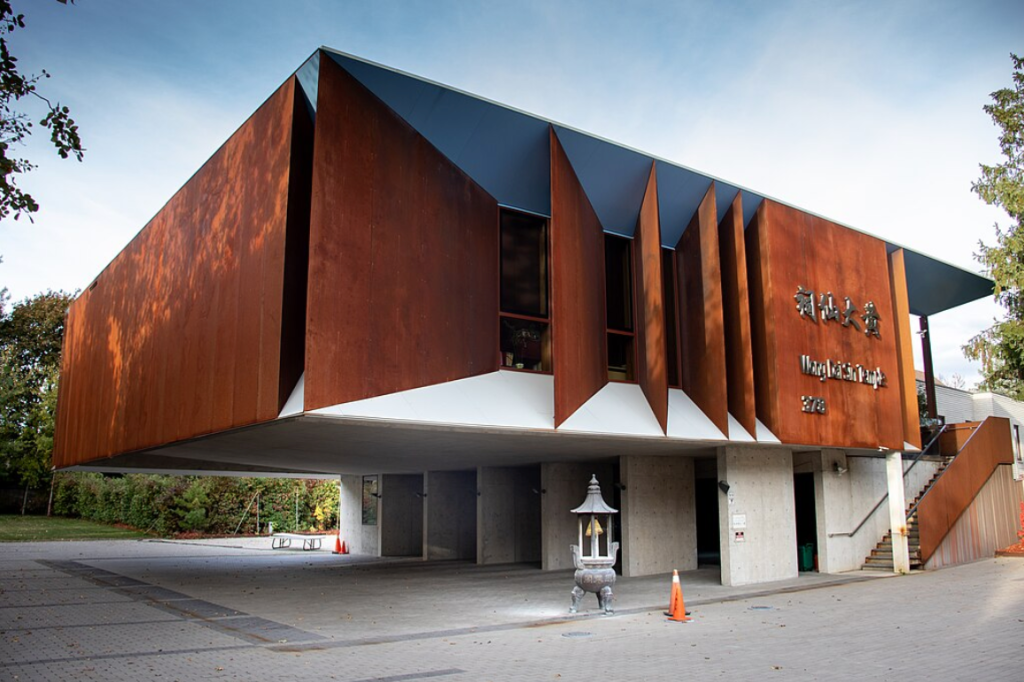
Photo credit: Martin Hung.
This exhibition will be an open-access resource, which will be available soon.
Can you recommend a particular building or location in Canada that you consider a must-visit?
To me, this question is like being asked my favourite song… it changes day to day. But, given that it’s winter here in Toronto, I’m reminded of my favourite shortcut to get out of the cold while I’m walking downtown, which is the atrium at Brookfield Place (designed by Santiago Calatrava). It’s an incredible light-filled, vaulted space, with a historic 19th-century building façade preserved inside of it. It’s a clash of old-meets-new urban spaces, and it takes my breath away every time.

Photo credit: Jessica Mace
In terms of a Toronto landscape, a constant favourite is the Toronto Islands. It’s an incredible, massive public park, bordering both the harbour and Lake Ontario, that we have the privilege of having access to here in the city. There’s also some really interesting vernacular architecture there… that’s another project I’ve been working on in my spare time!
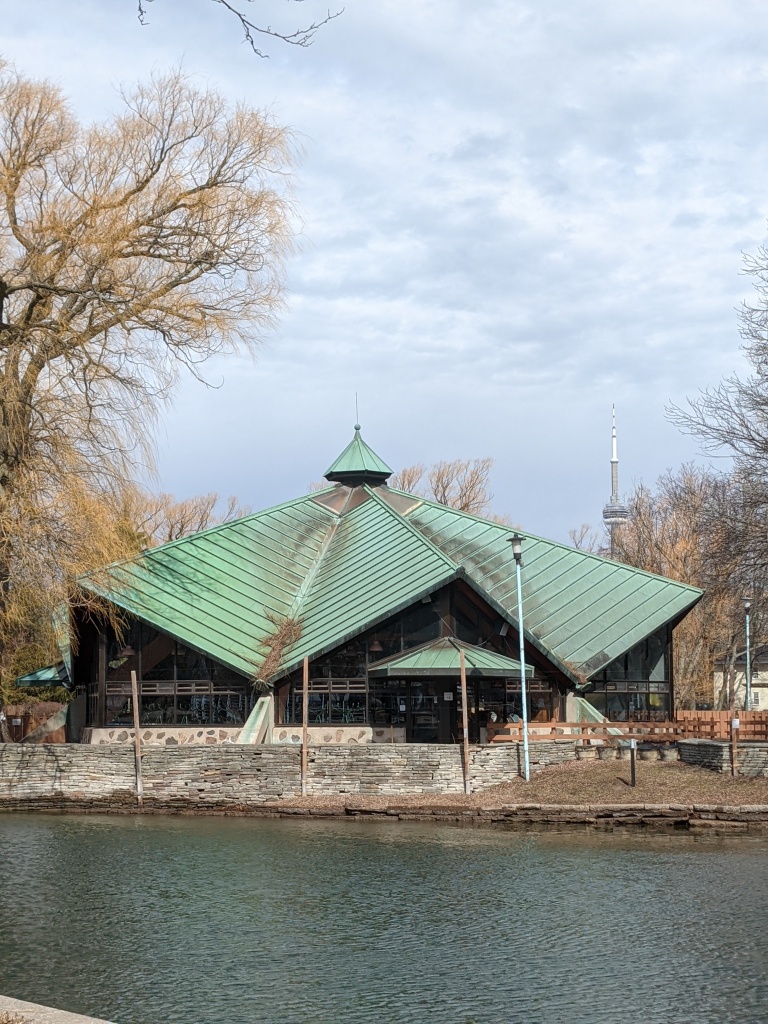
Photo credit: Jessica Mace

Photo credit: Jessica Mace
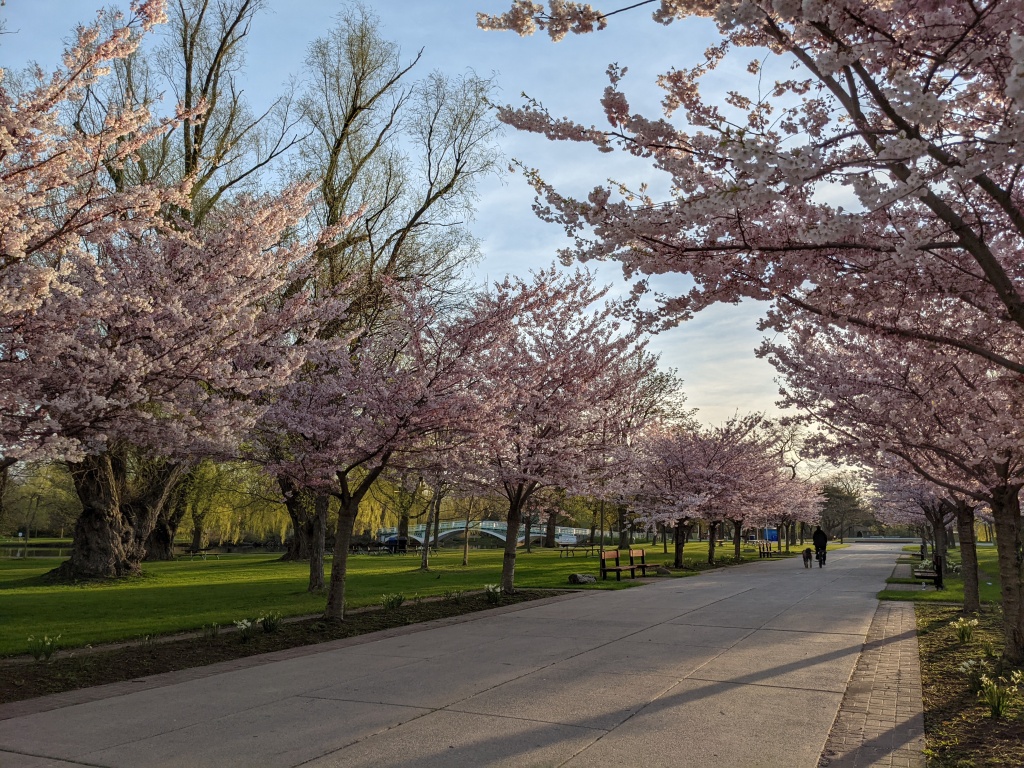
Photo credit: Jessica Mace
In your opinion, why is it worthwhile to examine the architecture and landscape of Canada?
I touched on it a little bit earlier, but I think there’s so much in Canada that deserves our attention, because it’s the place where we work, study, live, and play. I think it’s helpful to better understand our surroundings, how we interact with space, and recognize who the players are behind the scenes—all of this helps us to be better citizens. It’s so valuable for students, especially, because it’s an immediate and applicable subject to experience, study, and examine. In short, why not take advantage of all of the wonderful things we have here?
Thanks for chatting with us, Jessica!
We hope that you enjoyed this interview. Be sure to follow us on social media or subscribe to our newsletter for further updates!
